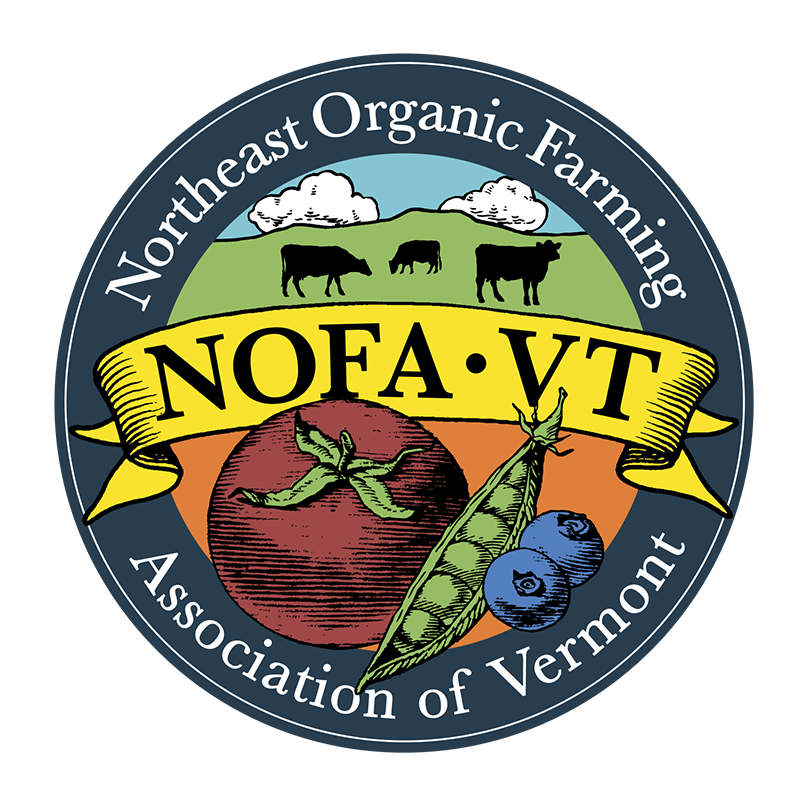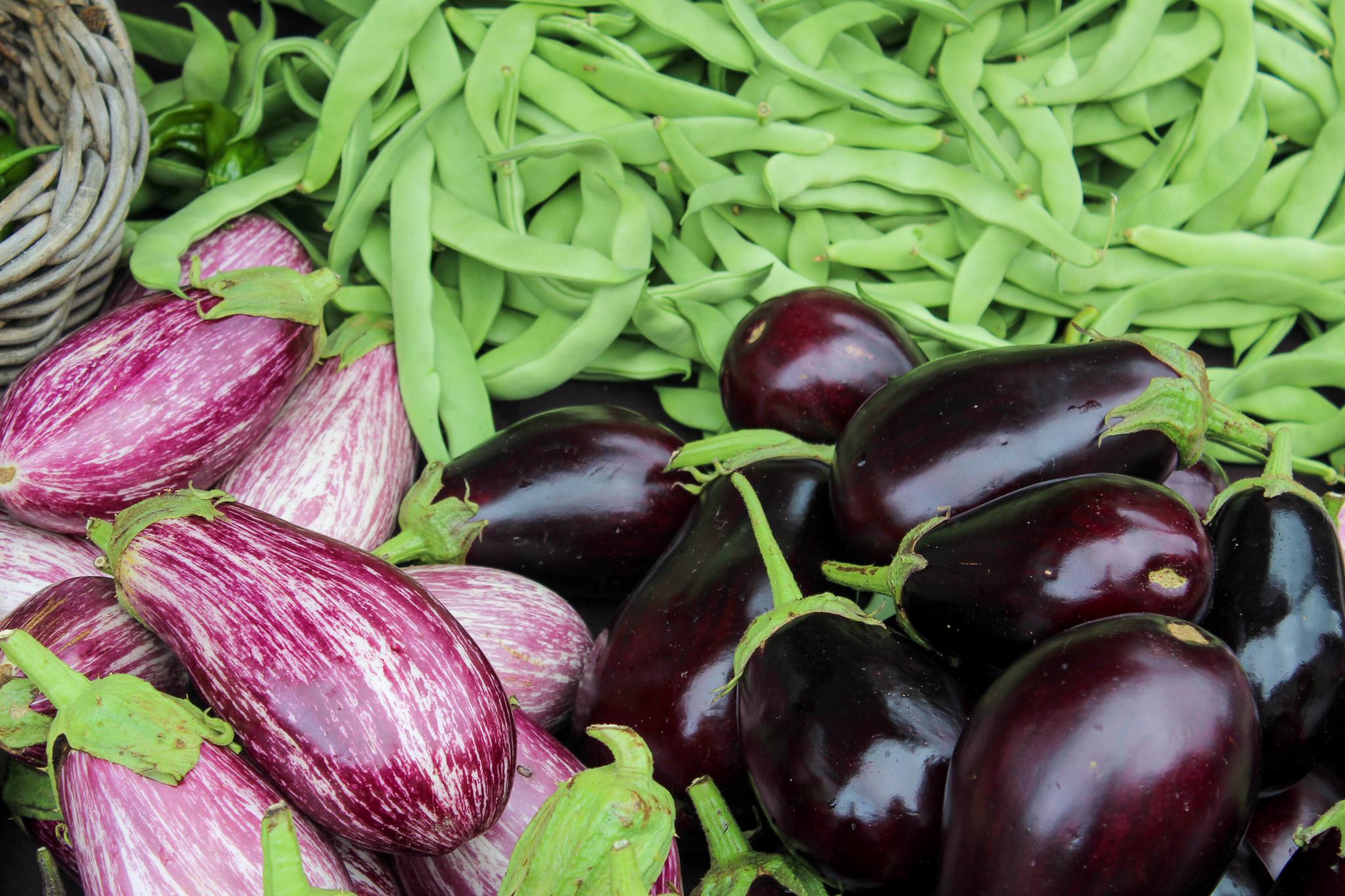Get these bi-weekly dispatches from farmers right in your inbox by subscribing to News From the Farm! This newsletter is written for kids and those who care for them.
October 3rd, 2022
Dear Friend of NOFA-VT,
Chipmunks do it. Blue jays and woodpeckers do it. Squirrels and mice do it. And we do it too! What do we all do? We save edible seeds for later use.
This is the time of the year when many trees and shrubs drop their seeds. Oak trees let loose a barrage of acorn seeds in the fall. Rodents and birds will harvest and then hide them for winter feasting. Native Americans and early settlers used acorns to make nutritionally-dense flour. Acorn seeds, like other edible seeds, are easy to store, transport and share. There’s usually enough for people and animals alike!
Seed saving was a necessity back when settlers first came to North America. The seeds that were saved were those that grew a garden the next year. That garden would be the main food source for many families. Garden and farm seeds were traded and sold to others as well. We still have some of those interesting varieties now - Blue Hopi corn, Candy Roaster winter squash, Opalka Bull Horn tomatoes to name a few.
We save seeds from a variety of vegetables here at the farm too. Our favorite seed-for-saving is actually from a Siberian Pea Shrub. The 5-foot-tall plant displays little yellow flowers in the spring. Those flowers turn into pea-looking seed pods in the fall. We harvest the seeds inside the pods, grow out the seeded down plants all winter, and then gift little saplings to friends come next spring.
We also save seeds from New England pie pumpkins, Tiger Eye dry beans from Argentina, a blue squash from France, Early Riser corn from a friend in the northern part of Vermont, and Nora’s Amaranth from Peru. So too every other year we harvest seed from an Amish Paste tomato from Wisconsin. By saving these seeds we are sure to have a garden and food for our community in the next year. Seed saving is our promise for a full belly. (Seeds make great presents too, whether you harvest them yourself, find a farmer to provide, or buy some from a regional seed company.)
So look for seeds around you. If they are in the wild, take only a few so that the chipmunks, blue jays, woodpeckers, squirrels and mice have stores for the winter. Harvest seeds from pumpkins, winter squash, dry decorative corn and popcorn, tomatoes and garden flowers. You might not get the same plant in the next year, but the seeds are fun to collect, do crafts and games with, put out for the wild animals come winter!
Here’s to the life inside of seeds and to the life they give to us and animals everywhere!
Scout and Maria from Someday Farm
Recipe: Perfectly Plentiful Pumpkin Seeds
Pumpkin seeds have been a snack for decades. They are a source of protein, minerals and vitamins. A delicious and nutritious snack food for you - a win win!
 Ingredients:
Ingredients:
- Pumpkin seeds (about 2 cups, which is one medium pumpkin)
- 1 Tablespoon cooking oil
- Salt to taste
- Paper towel
- Cookie sheet or frying pan
- One bowl
Directions:
- Scoop out seeds from a pumpkin. Wash seeds and let dry on paper towel, ideally overnight.
Toss dried seeds with the 1 T oil in bowl.
Spread the seeds out on the cookie sheet or in the frying pan. Bake at 325 degrees for approx. 45 minutes, stirring every 15 minutes until the seeds are golden brown. If using a skillet, toast carefully over medium heat stirring often. When the seeds start to POP and turn golden brown, they are done. Add salt as desired.
Store cooled seeds in glass jar for future use. Double the recipe and make more to share with friends and family!
Activity: Seed Game
Materials
- a variety of edible seeds - found at the store, a farmers’ market or farm stand and/or in your or other folk’s garden. Ask an adult to help you find seeds from pumpkins, nuts, sunflowers, dry beans, peas, etc.
- index cards
- colorful markers
Directions
- Draw the seed on an index card - one seed variety per card.
- Draw the plant where the seed came from on another index card. (you might need resources or an adult to help you with this.)
- Match the actual seeds to the drawing of the seed and the plant drawing from which the seed came for a triple display.
- Remove some of the cards and see if a friend or family member can find the omitted card.
- Now go ahead and TASTE some of the seeds you used in your seed game! Which is your favorite? What surprised you in its taste? In its texture?

